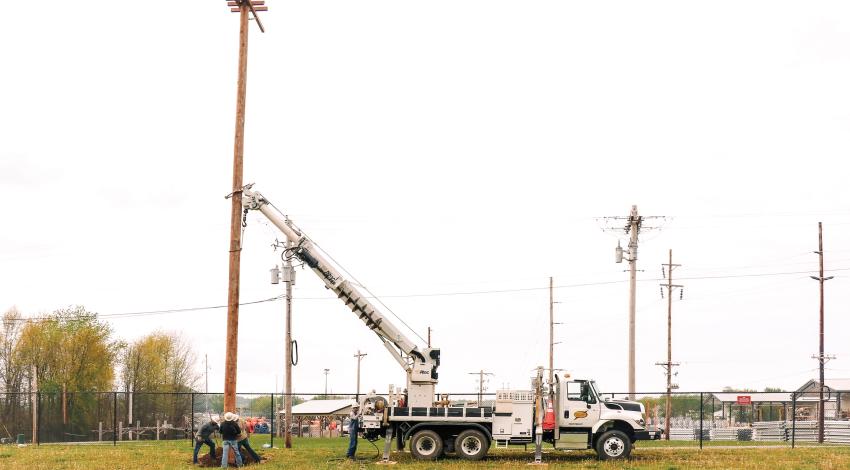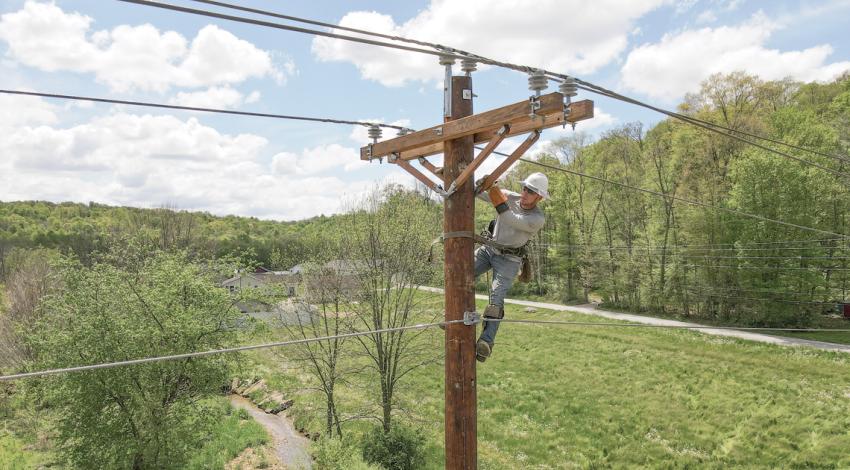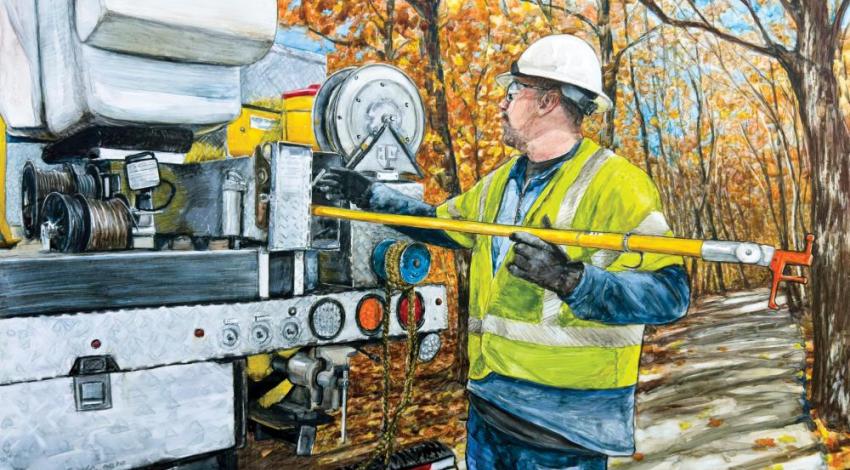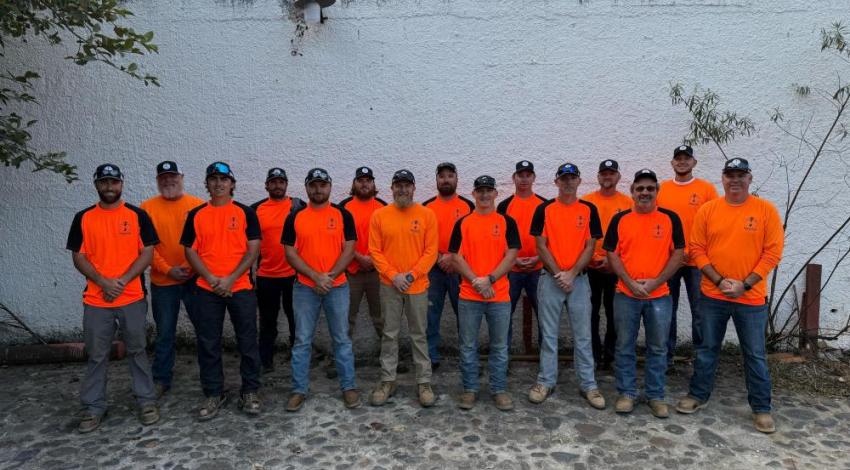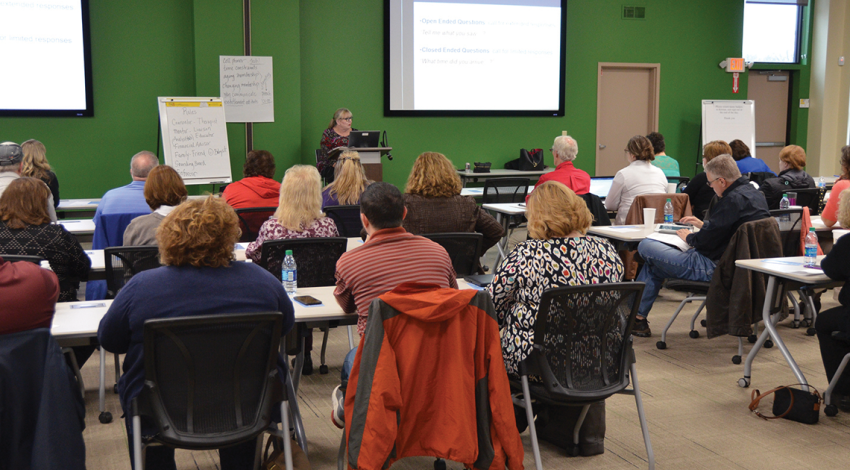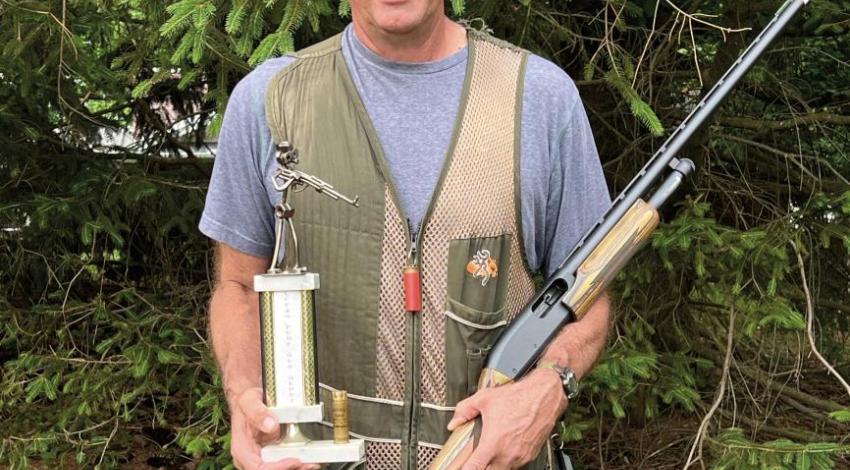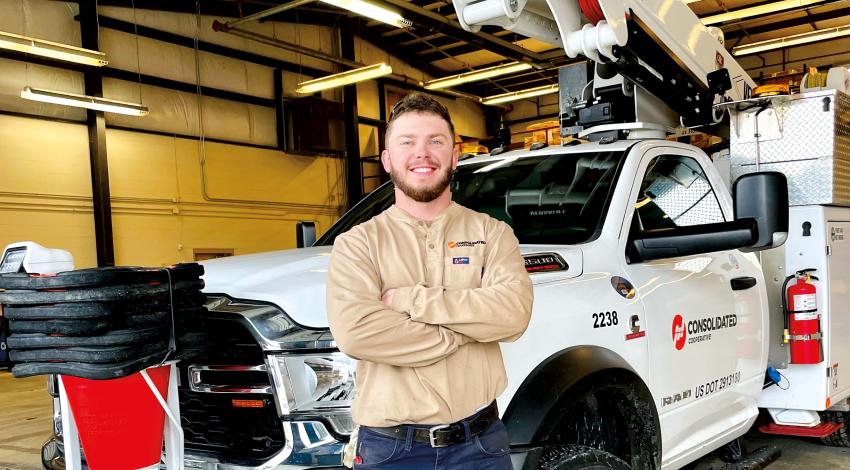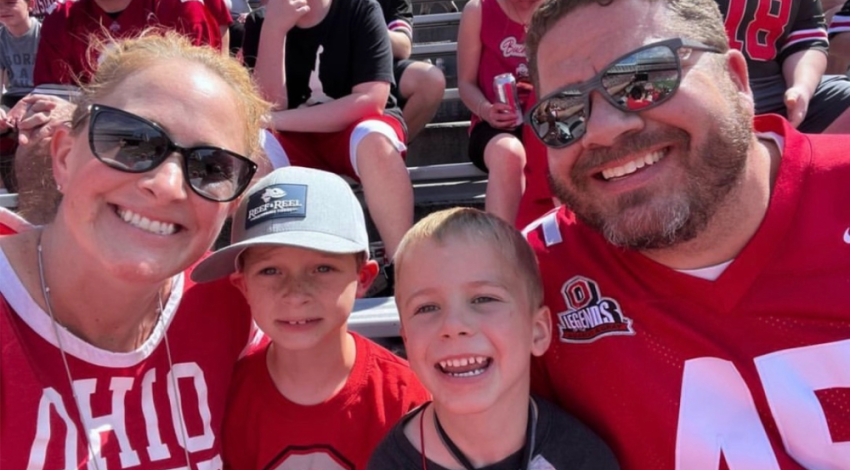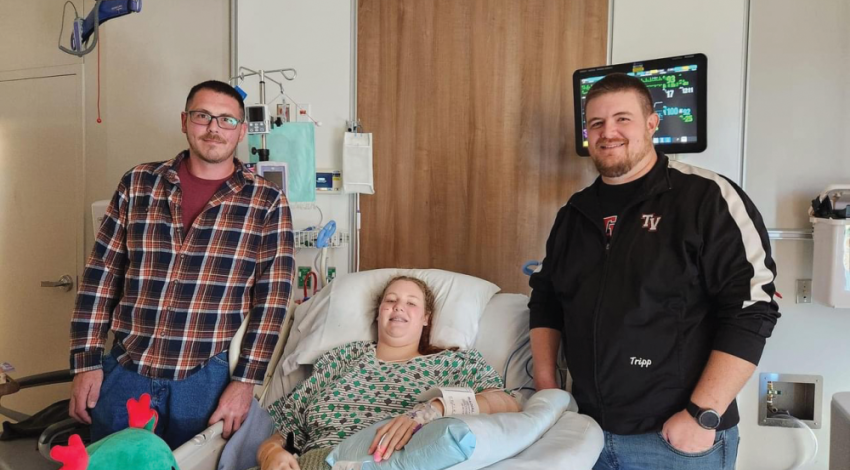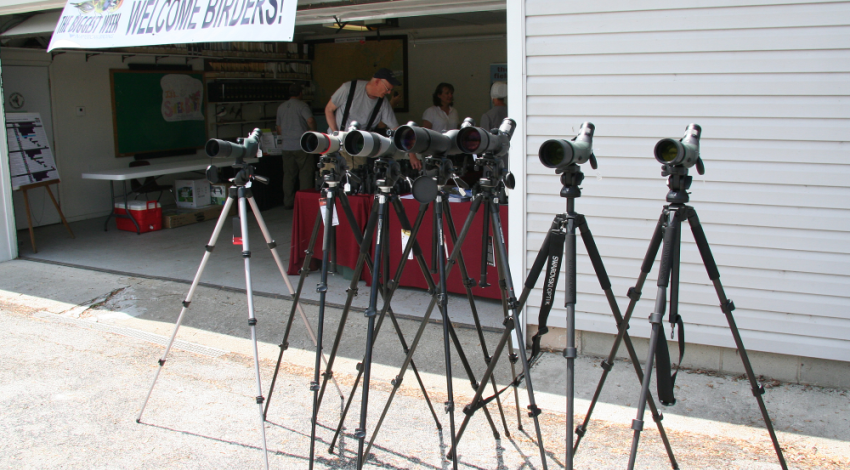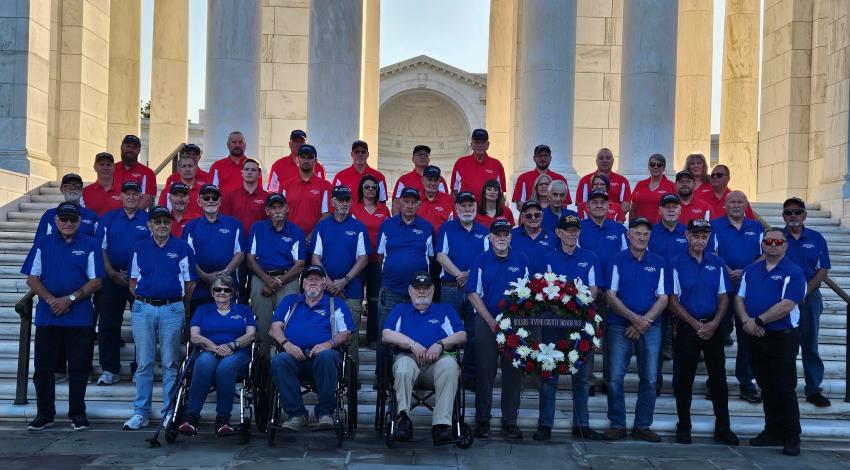Brad Bussard and his team are accustomed to working almost invisibly.
It was the end of May, the time of year when ospreys return to Ohio from their winter home in Mexico, and a breeding pair had decided that one of the utility poles in the training yard next to the co-op’s office was a good spot to build a nest. The population of ospreys, once nearly wiped out in the Buckeye State, has been steadily growing here since the Ohio Department of Natural Resources reintroduced them in 1996, to the point where the Division of Wildlife no longer even bothers to count them.
